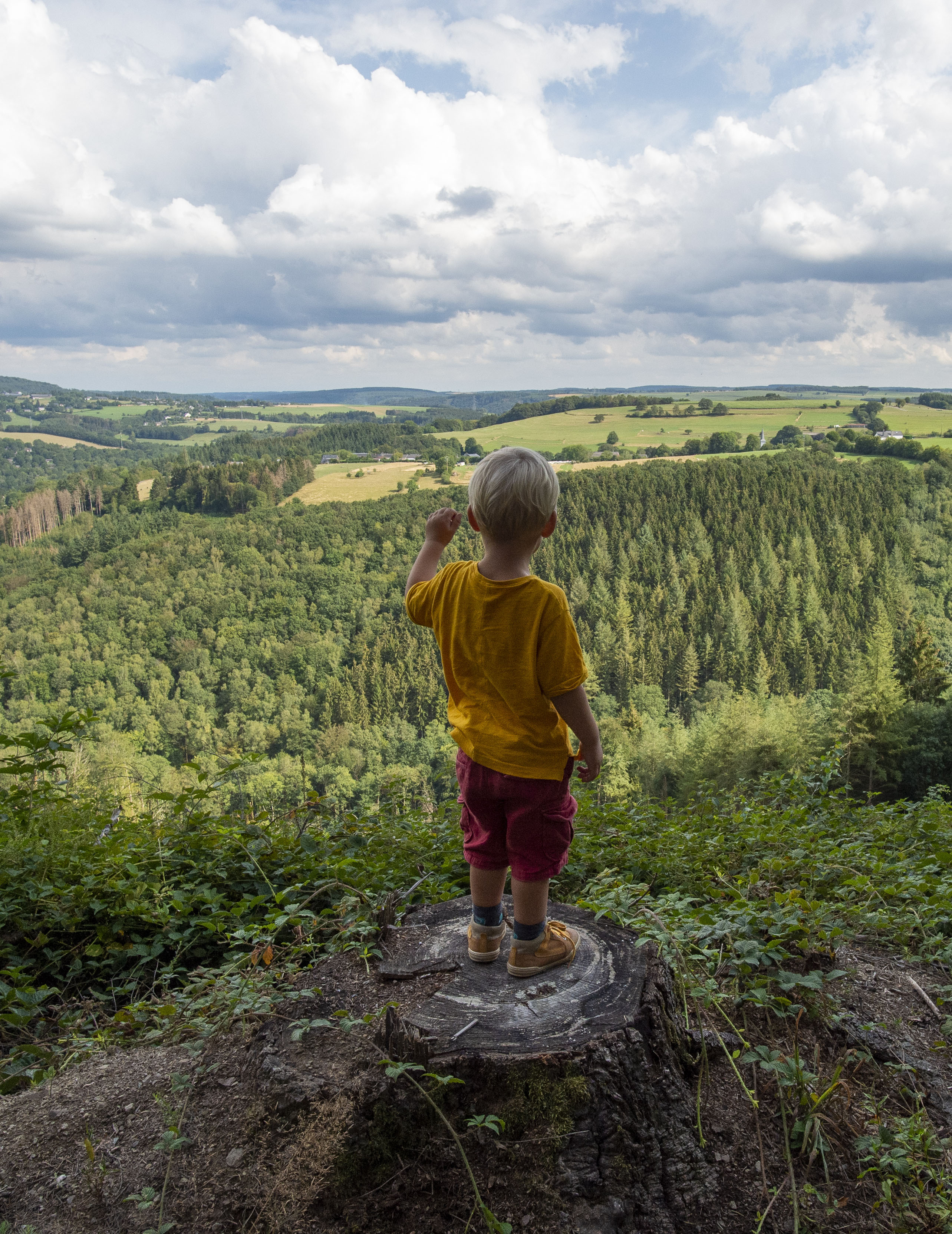Menhirs and dolmens at the Megalithic Site of Wéris
Travel back through 5,000 years of history, to the first half of the 3rd millennium BC. This is no mean feat! You’ll find yourself in Wéris, in the heart of Wallonia, wandering between dolmens and other menhirs.
The Megalithic Site of Wéris is a journey through time that begins in the House of Megaliths. Delve into the history and secrets of the dolmens and menhirs and the people who built them: the first agro-pastoralists of the Neolithic period. Something to whet your appetite before setting off to explore the site, which stretches over 8 km in length and is 300 m wide. It consists of two "covered alley" type dolmens, i.e. a megalithic monument in the form of a corridor covered with several stone slabs, and its associated menhirs, as well as six sites of groups of menhirs. All the structures are arranged in a parallel alignment.
Well-hidden secrets
We can feel your curiosity bubbling away... What do we know about the Wéris megaliths? According to research, these monuments - made from a local puddingstone - can be linked to the Seine-Oise-Marne civilisation, or to a later civilisation that originated in the Paris Basin. The Wéris site could also be the link between various cultural currents in European prehistory. Exciting, isn’t it? By far the most mysterious element is the meaning of these monuments. While we know that they relate to the position of the sun at the time of the equinoxes and solstices, there is little information to explain their precise purpose and meaning. Perhaps a taste of Dolmenius, an amber-coloured craft beer that is unique to Wéris, will help you to get to the bottom of it...
Copyright pictures: Visit Ardenne



